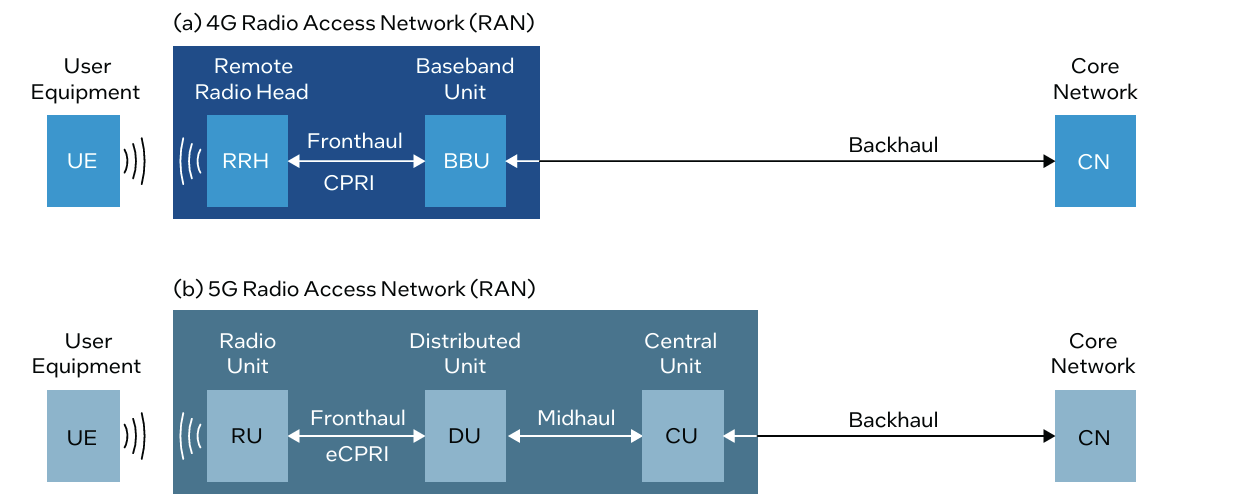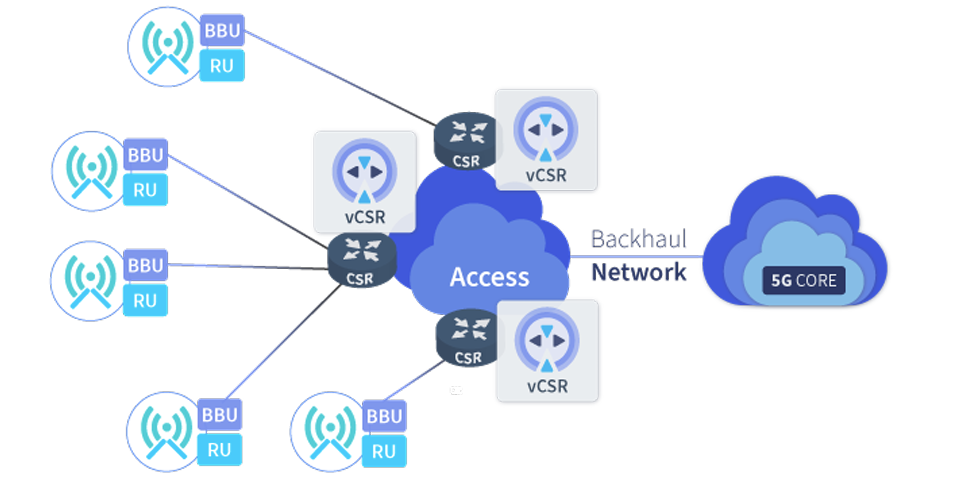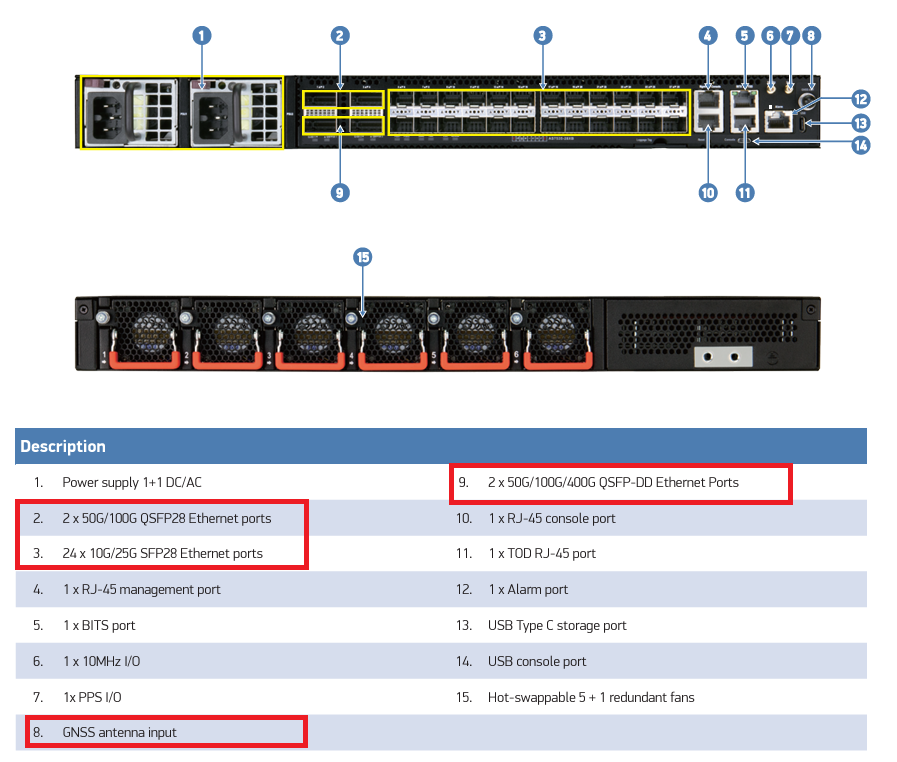An Open RAN (O-RAN) is a nonproprietary implementation of a RAN that allows interoperability between cellular network equipment provided by different vendors. Mobile Network Operators (MNOs) are virtualizing the RAN to achieve cloud-like agility and economics. As per statistics, The virtualization of the RAN network is expected to grow at a 19% CAGR (compound annual growth rate) from 2020 through 2030.
However, the transition from 4G to 5G in the existence of Open RAN mindset changes the site implementation itself to reduce the cost or the total cost of ownership (TCO). There are many differences between the radio equipment used for 4G LTE versus 5G NR RANs. For example, there are differences in the protocols used on the fronthaul links between radio antennas and the base station.
As per the below figure from Intel, High-level representation of the difference between 4G and 5G RAN architectures. In the 5G RAN, the base station is split into three logical nodes: the RU, DU, and CU.

In the case of 4G RANs, radios on the cell tower are known as remote radio heads (RRHs). These are connected to a base station, also known as a baseband unit (BBU), which is itself connected to the core network. In this 4G context, the term fronthaul refers to the fiber-based connection between the RRH and the BBU, while the term backhaul refers to the connection between the BBU and the core network. So 4G fronthaul deployments typically employ the common public radio interface (CPRI).
In the case of a 5G RAN architecture, there are three logical nodes. Very often, these three logical nodes are implemented as three separate pieces of equipment. Some of the lower layer 1 (L1) functionality moves up into the radio unit (RU), while the remaining functionality is divided between the distributed unit (DU) and the central unit (CU). In this 5G scenario, fronthaul refers to the fiber-based connection between the RU and the DU, backhaul refers to the connection between the CU and the core network, and a new midhaul term is used to describe the connection between the DU and the CU.
What is a Cell Site Router?
The Cell-Site router is a critical component of any xHaul deployment, as the RAN components are disaggregated and the traffic with high bandwidth is highly increased, the Cell site router or CSR is coming into the picture by connecting different RUs from different generations to the main DU which will lower the cost.
A cell site router (CSR) connects the RUs with the DU and the DU with the rest of the mobile infrastructure where the CU resides. The fronthaul connection between the RU and the CSR/DU is usually fiber. The mid-haul connection between the DU/CSR and the aggregation router/CU may be implemented using fiber, microwave, or satellite link using IP over multiprotocol label switching (MPLS). Multiple RUs may be connected to a single CSR, and multiple CSRs in a mesh or ring network can be connected to a single aggregation router.

We can take one example of a Cell Site Router from Edge-Core company as below, the most important info is the internet connectivity towards the Radio units and DUs. As you can see there are 24x 10G/25G which can be a good solution for the 4G/5G open sites implementation. Also, there’s a GNSS antenna port which helps in different configurations like C3.

What is a Virtual Cell Site Router (vCSR) ?
Virtual Cell Site Router (vCSR) replaces the physical cell site router with a cloud-native network function (CNF) running on the Open RAN DU server, on common-off-the-shelf (COTS) servers. This means MNOs have fewer cell site devices to power, fewer cables and points of failure, and more data throughput per watt, lowering operation and management overhead, and liberating rack space that can be used for incremental revenue-generating applications.
So vCSR is designed to be deployed as virtual or containerized network function on an x86 or COTS server. It provides all the required features to deliver layer 3 connectivity between the access network and the 5G core network.

